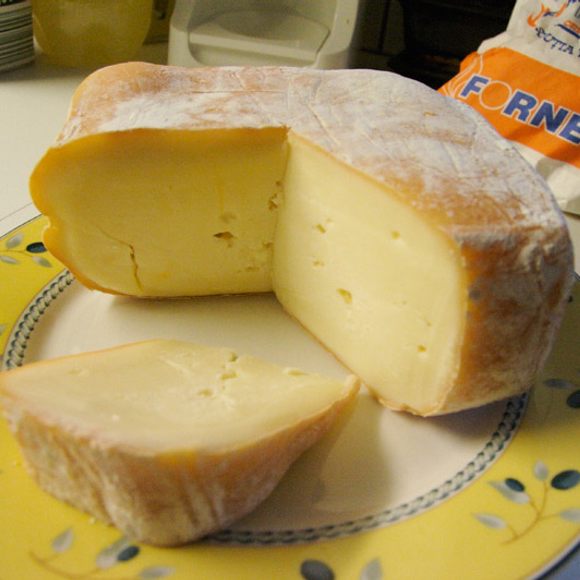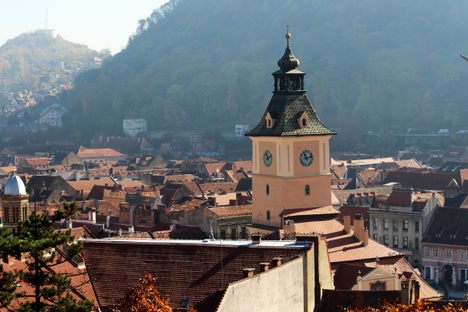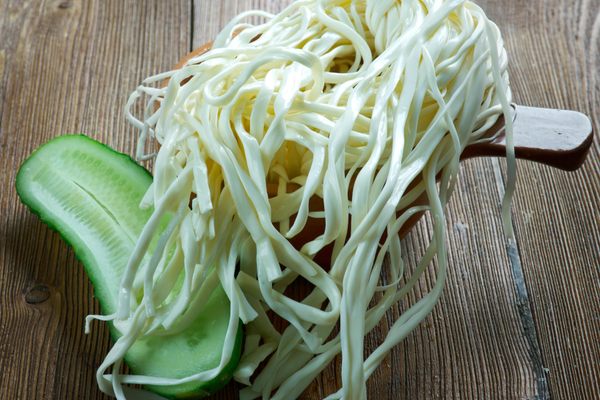Meats & Animal Products
Năsal Cheese
In a Romanian village, a cave's unique conditions produce a rare, funky cheese.
According to Transylvanian legend, the commune of Taga was once controlled by a cruel and wealthy count. Under his rule, the people starved and, to feed themselves, they were forced to steal the count’s cheese, which they hid in a local cave. When they went back to the cave to retrieve the contraband cheese, they discovered it had changed colors, from white to reddish yellow, and had acquired a funky smell. To their surprise, the transformed cheese was delicious, but the count discovered what they’d done and took the cave cheese for himself. He also took the cave, which he used to age his cheese into what Romanians call Năsal, after the small village where the cave is located in the region of Transylvania.
While the story is legend, the cave is very real, and it remains the only place in the world that can produce this hyper-regional, soft cow’s milk cheese. Năsal is a smear-ripened cheese, which means bacteria or fungus grows on the rind, imparting it with an especially strong flavor. The cave in Năsal contains naturally occurring Brevibacterium linens (a bacteria present on the human skin that causes foot odor), which, in tandem with a stable temperature and humidity, gives the cheese a deep and earthy flavor that’s impossible to re-create elsewhere.
Since the 19th century, Năsal has been steadily gaining a devout following, even winning a gold medal at the Paris World Expo. A commercial operation began in 1954, which tried to expand the facility beyond the physical dimensions of the cave, but the cheese suffered, the price increased, and the cave was closed in 2013. The decision was met with enormous public outcry and less than a year later, the cave reopened. Today, the tradition of Năsal lives on, feeding off that dank, delicious foot bacteria that makes it uniquely Transylvanian.
Written By
 cecilyannwong
cecilyannwong














